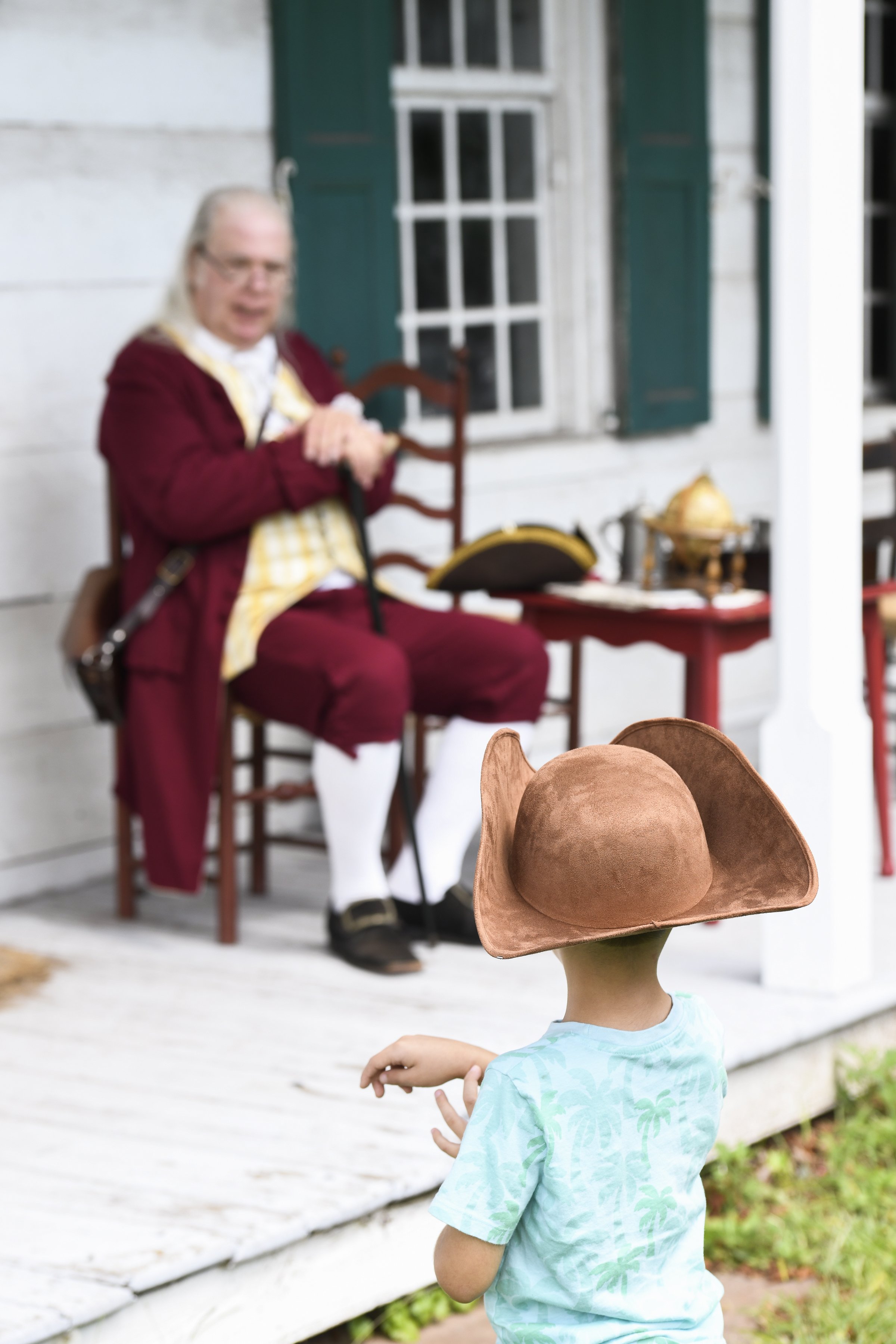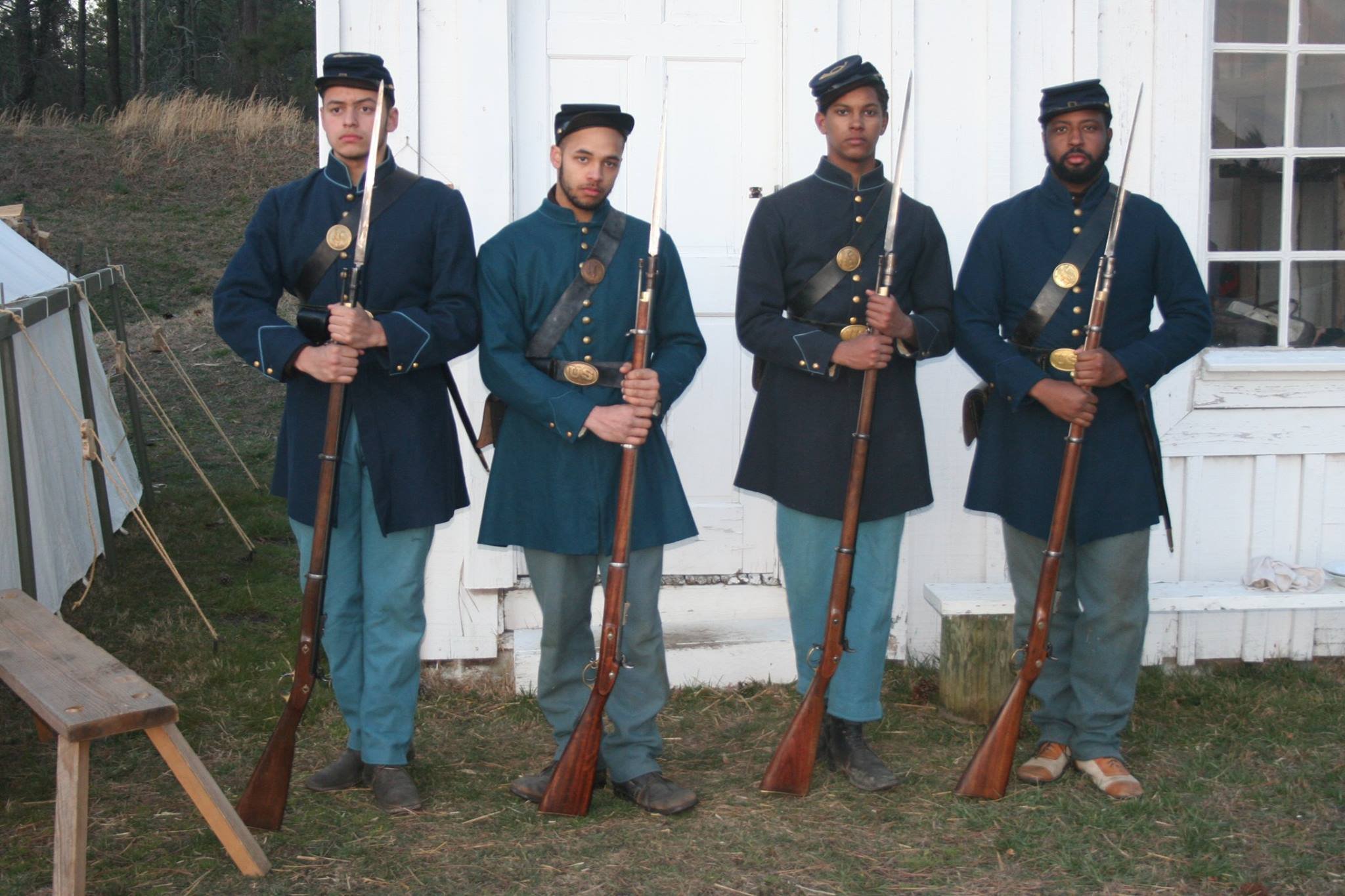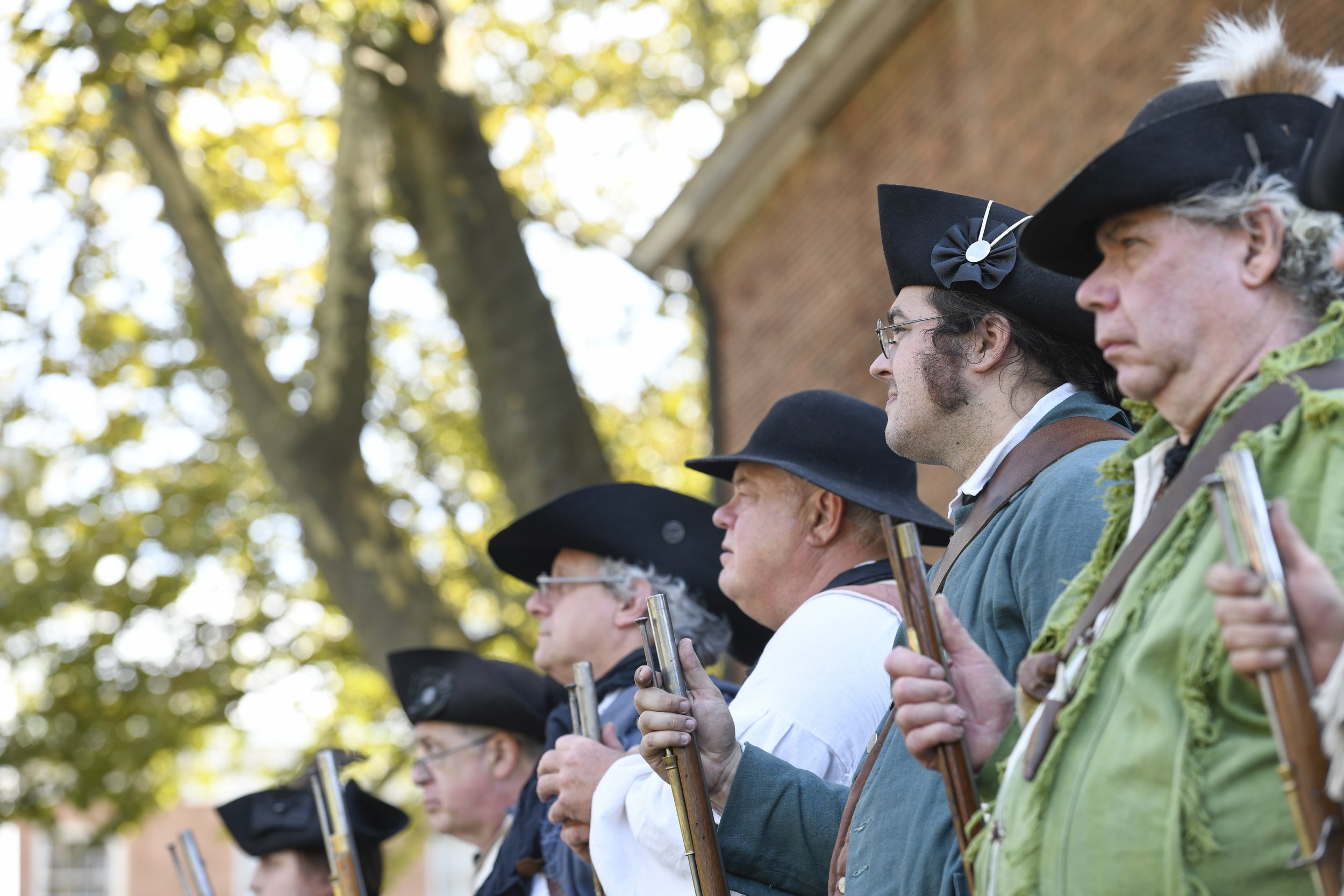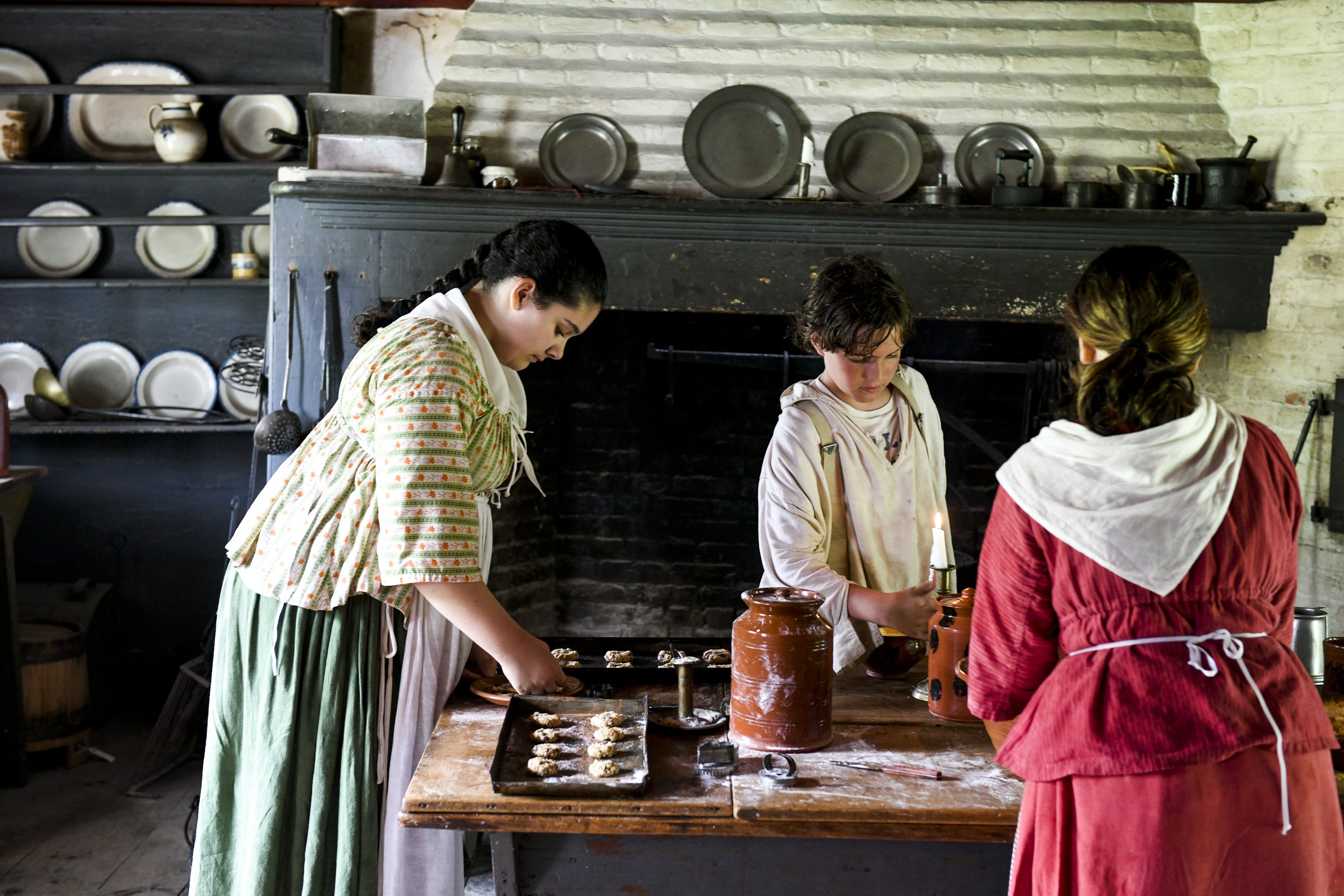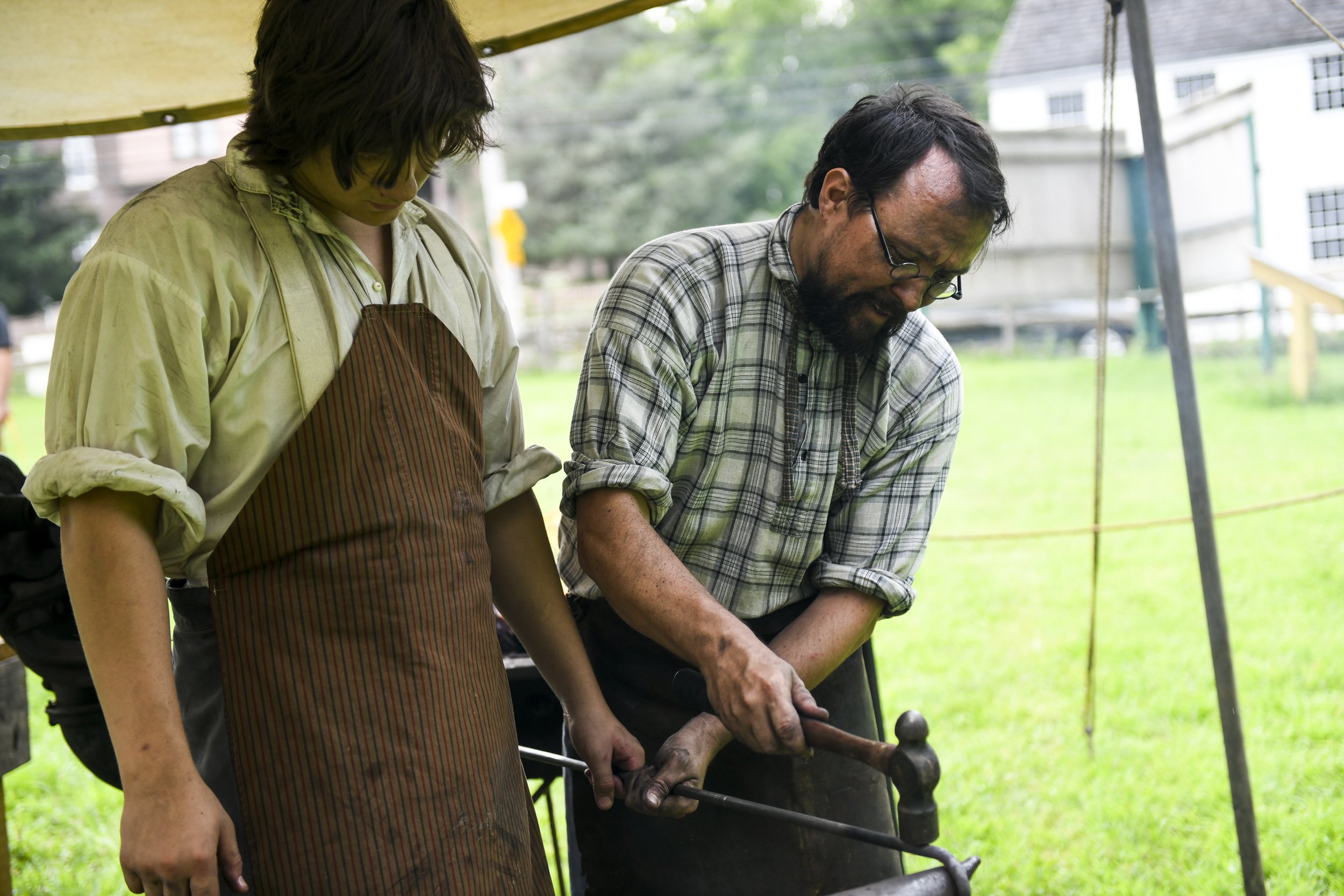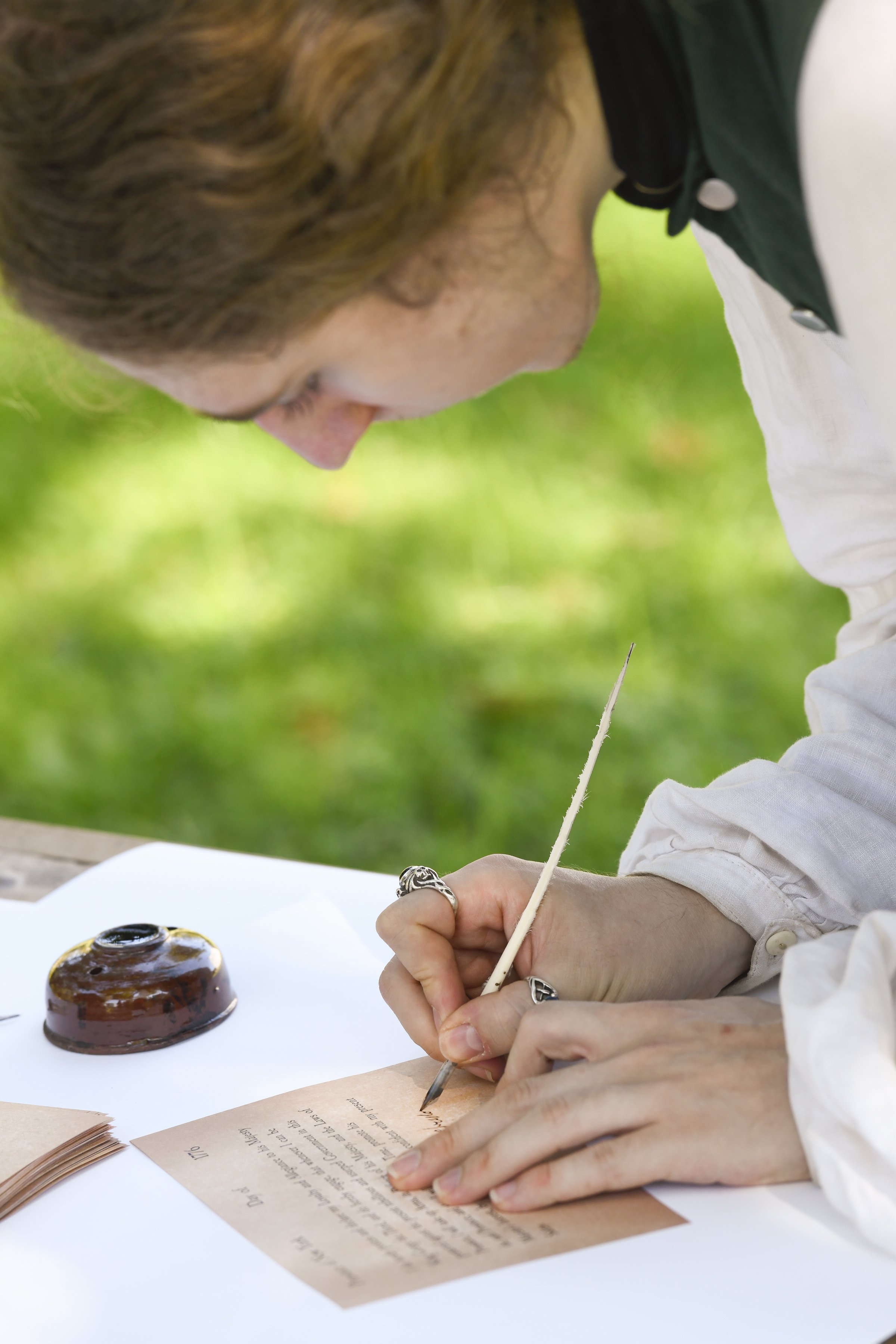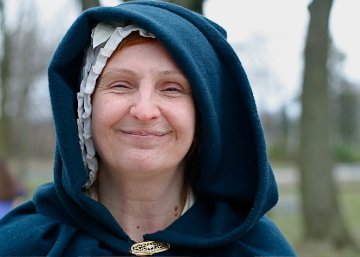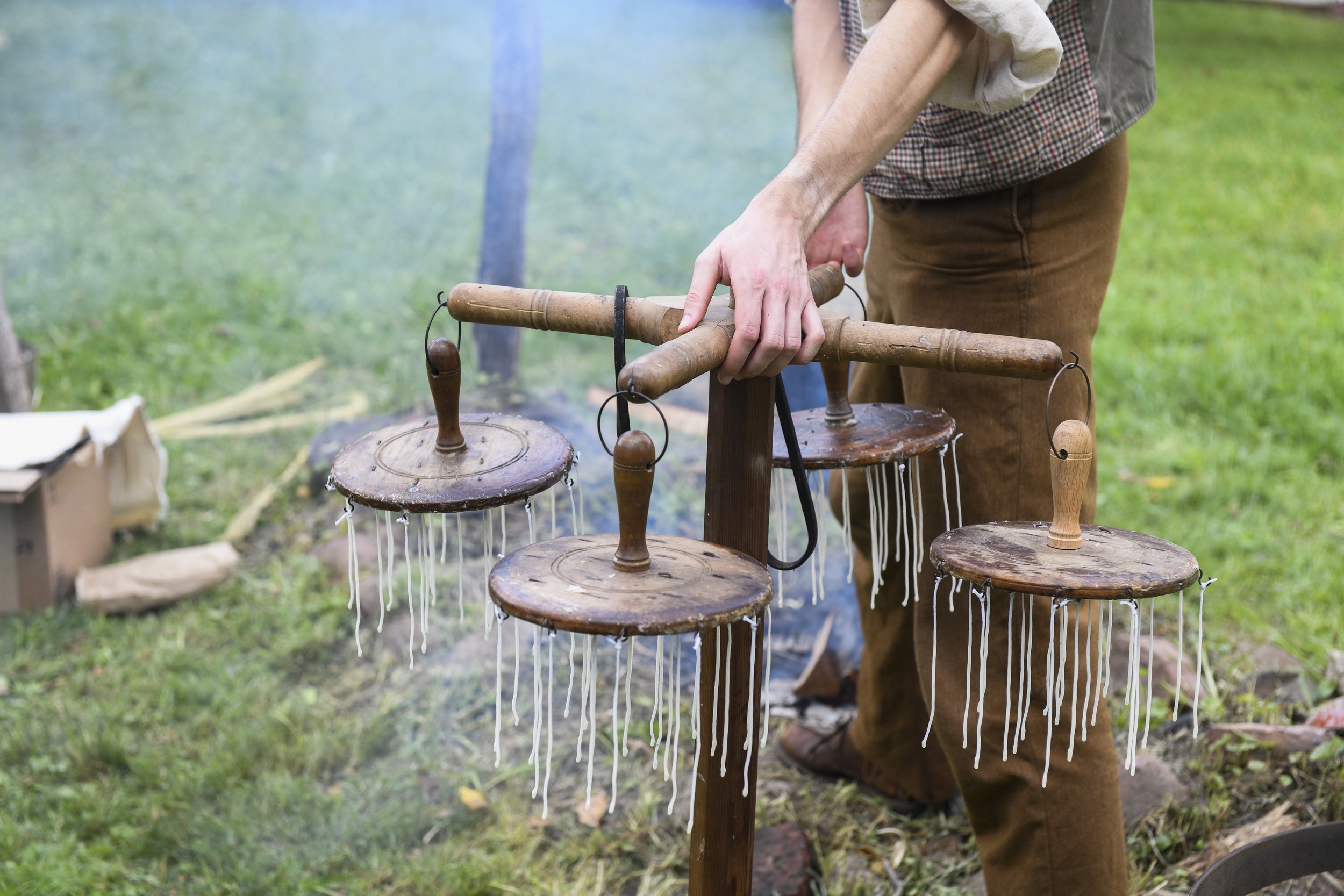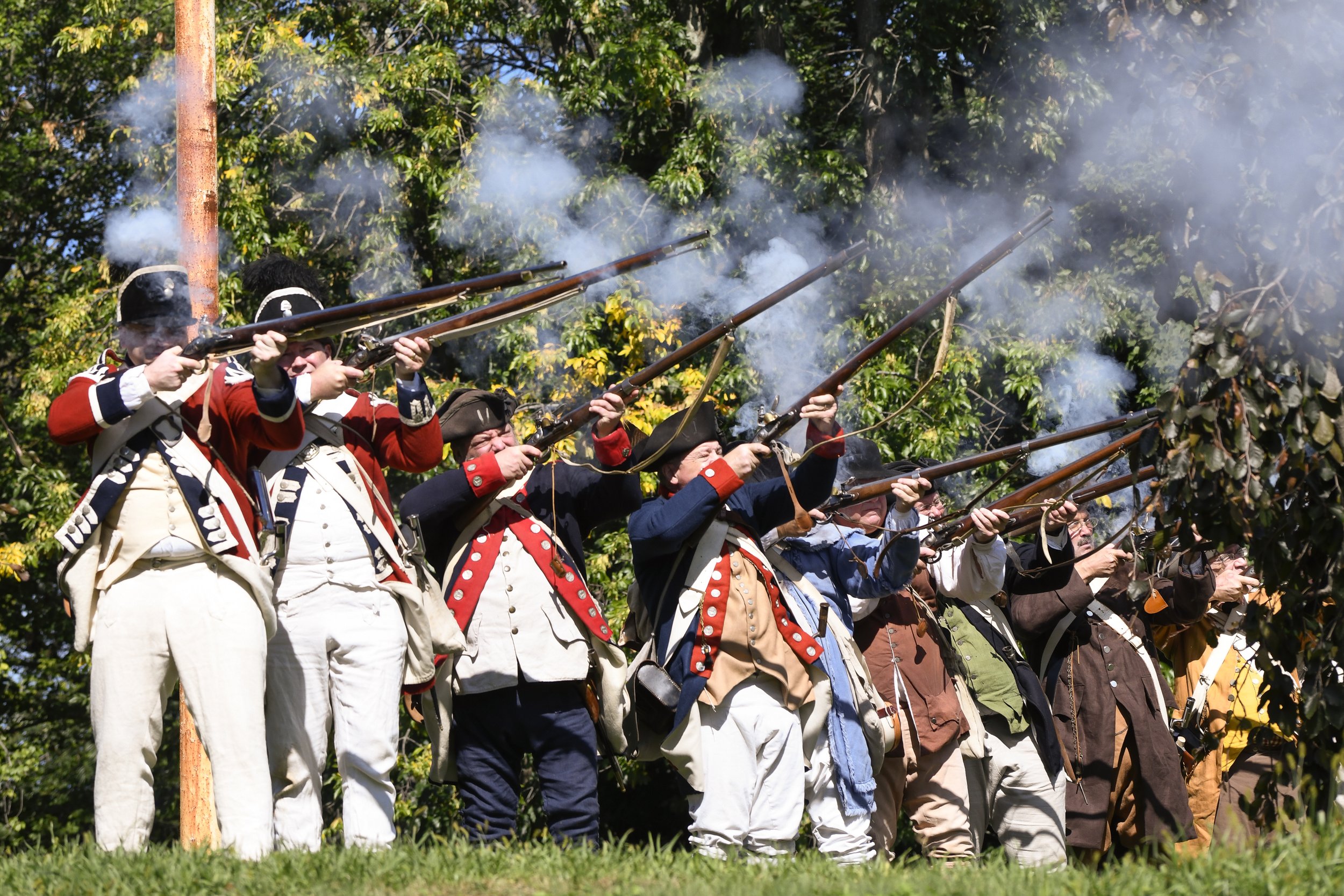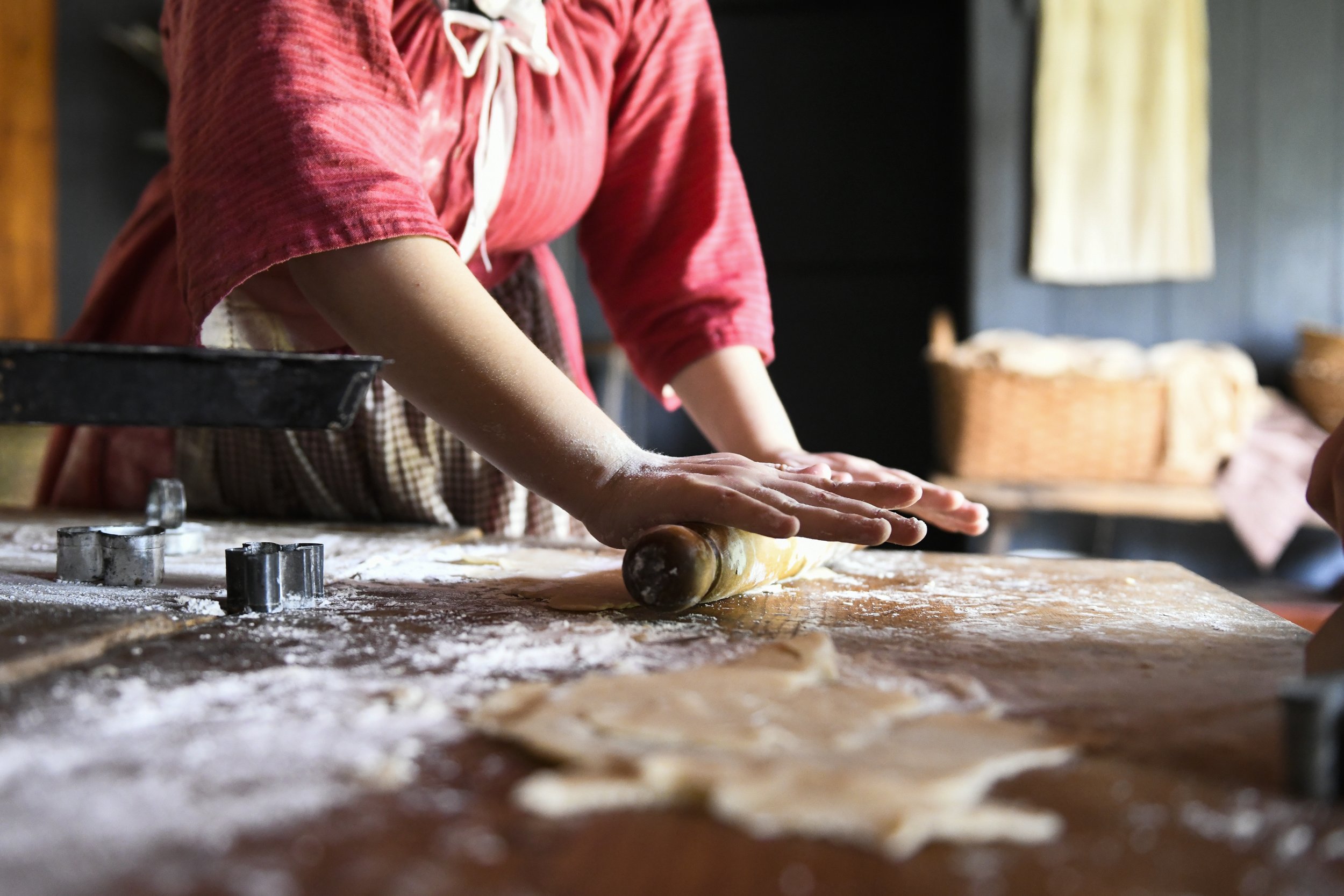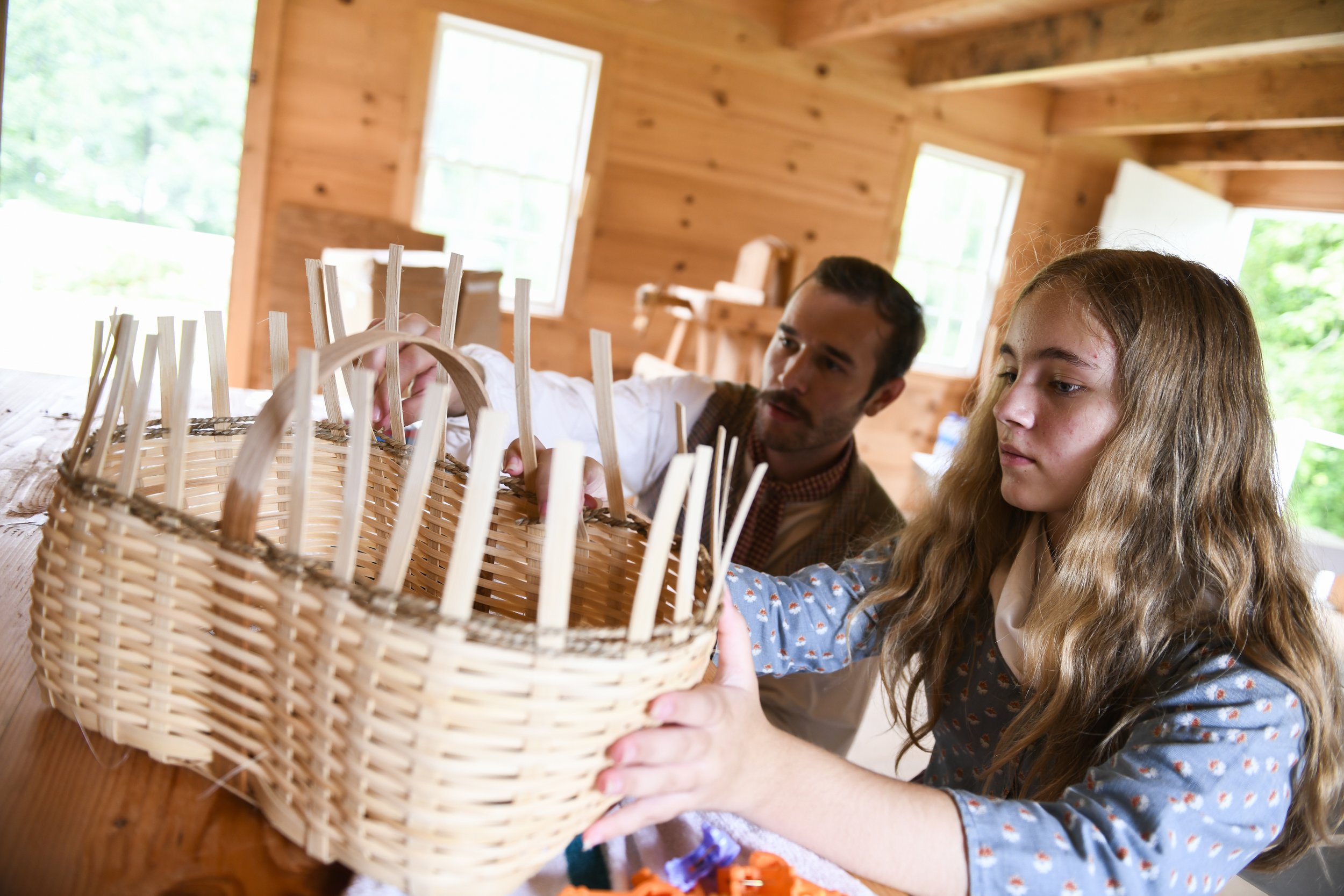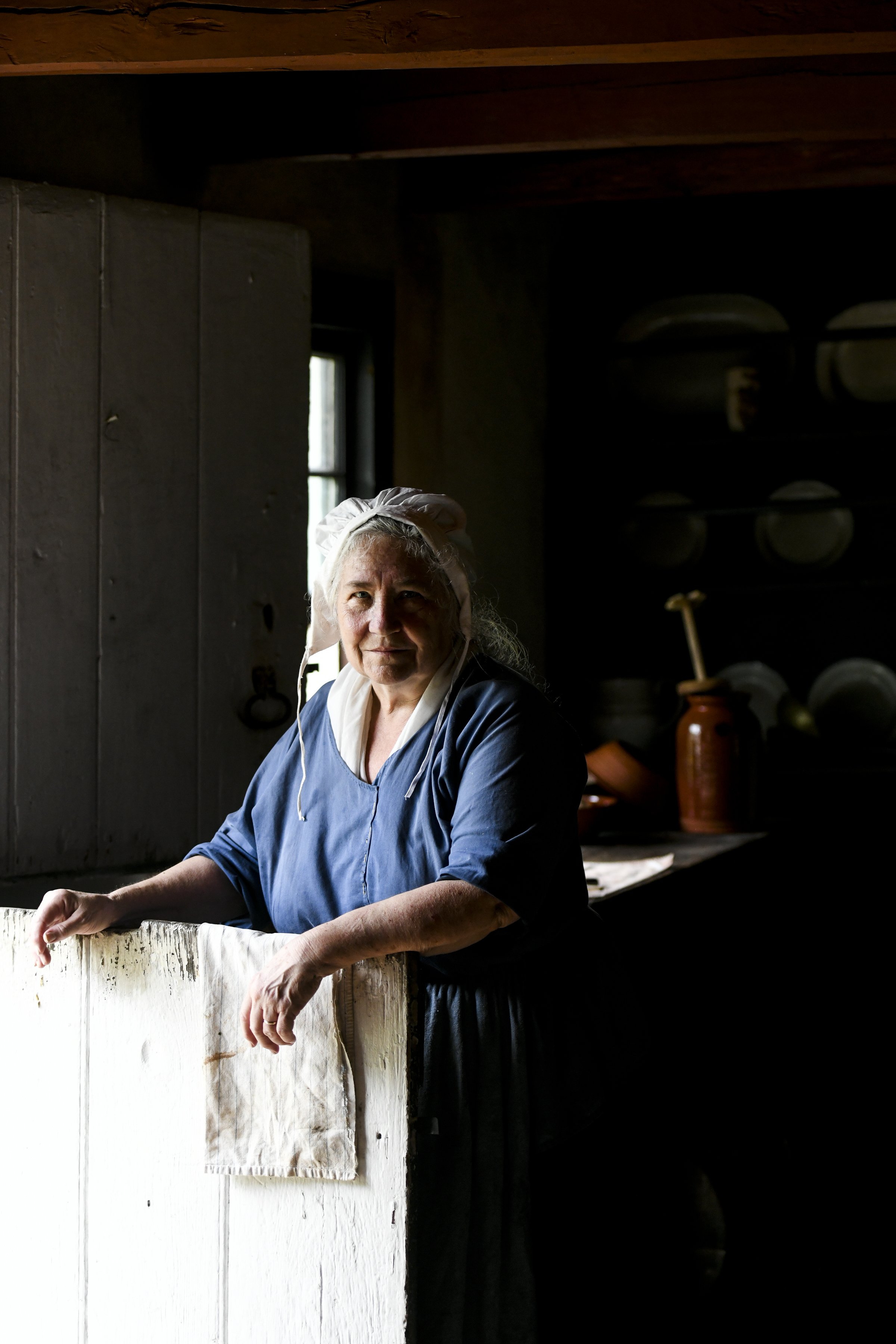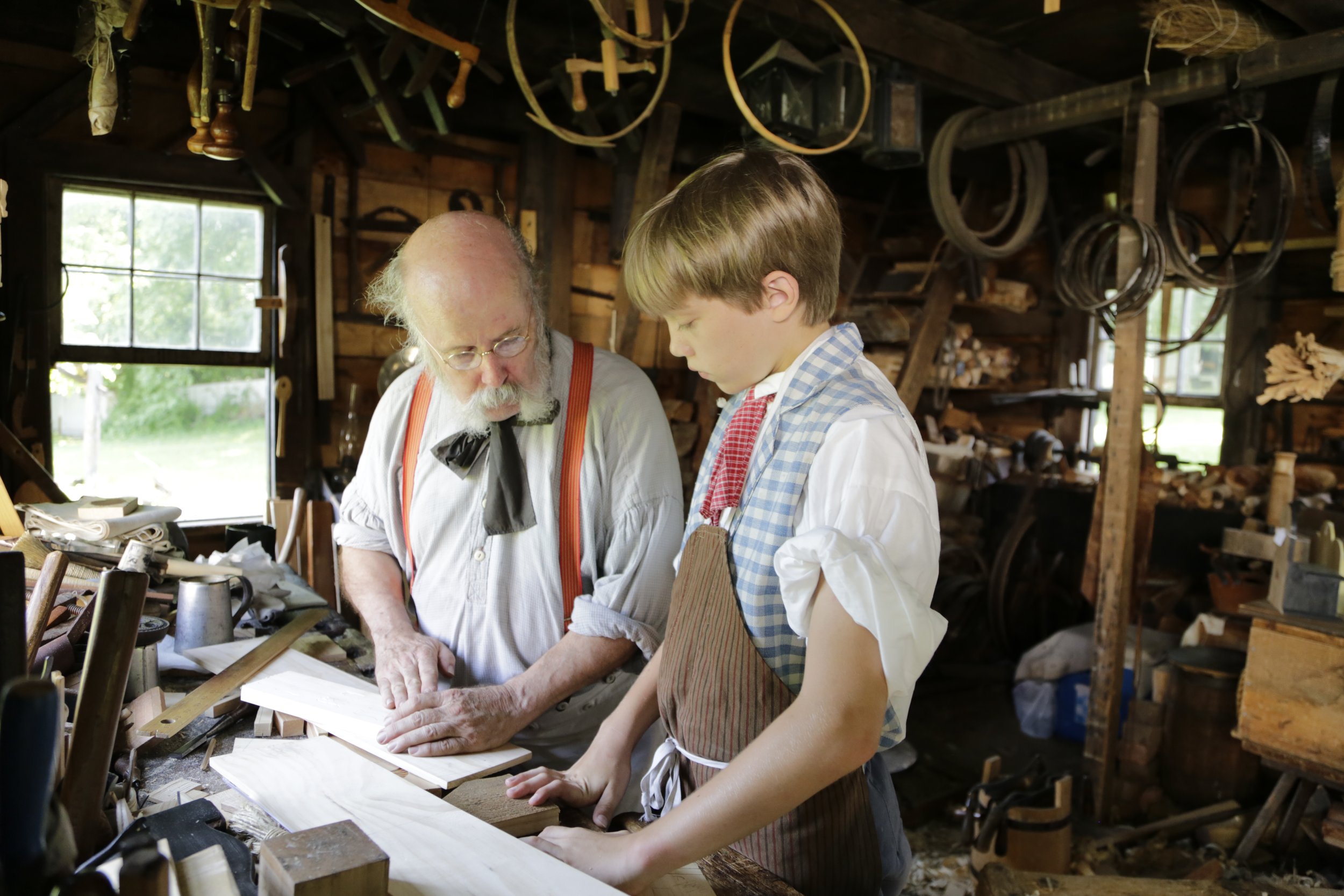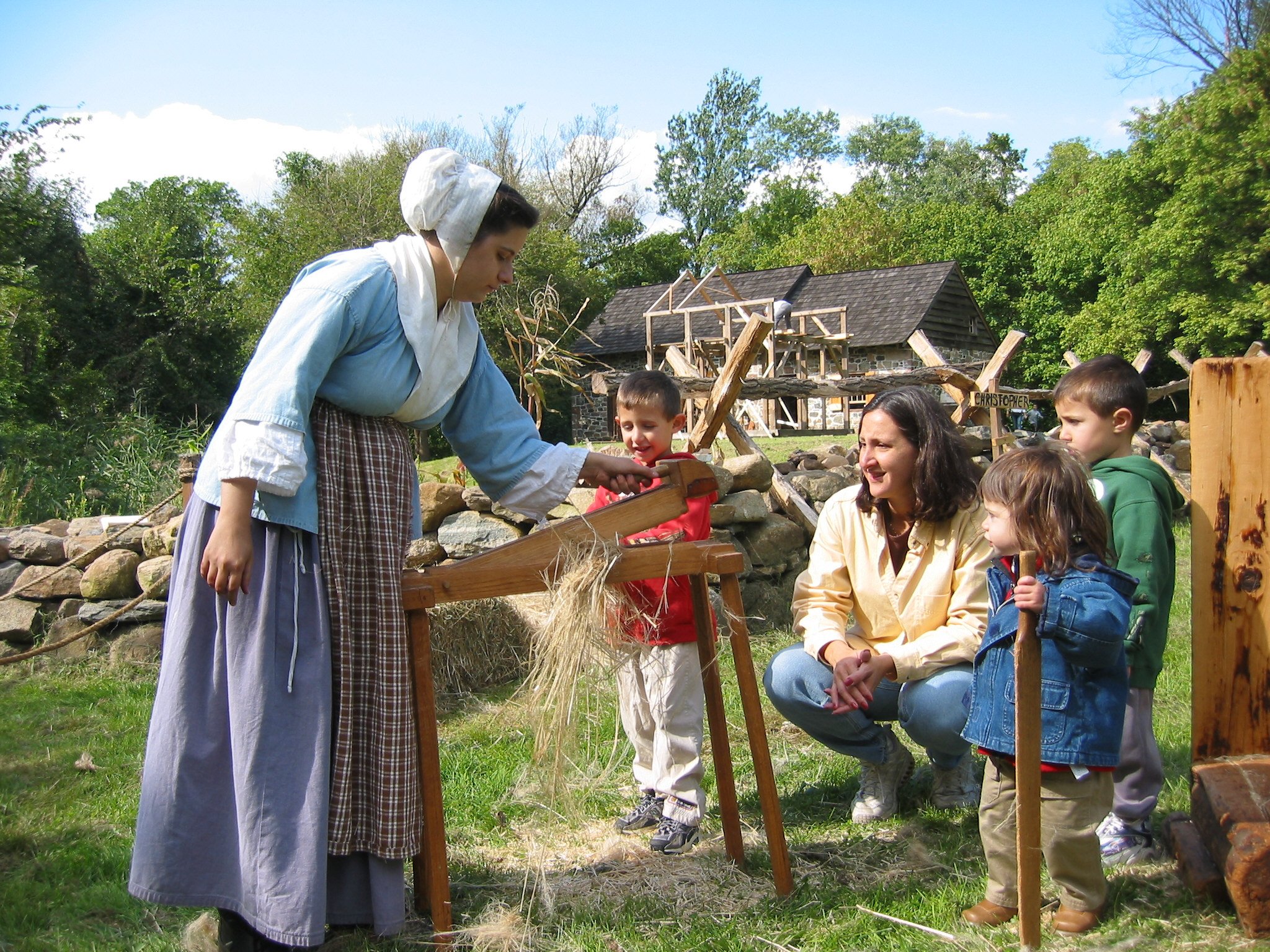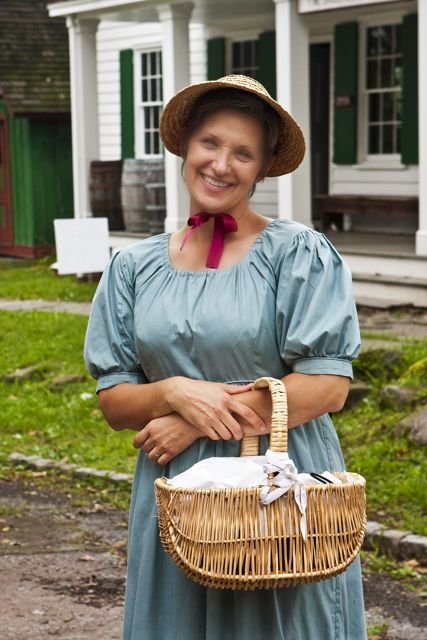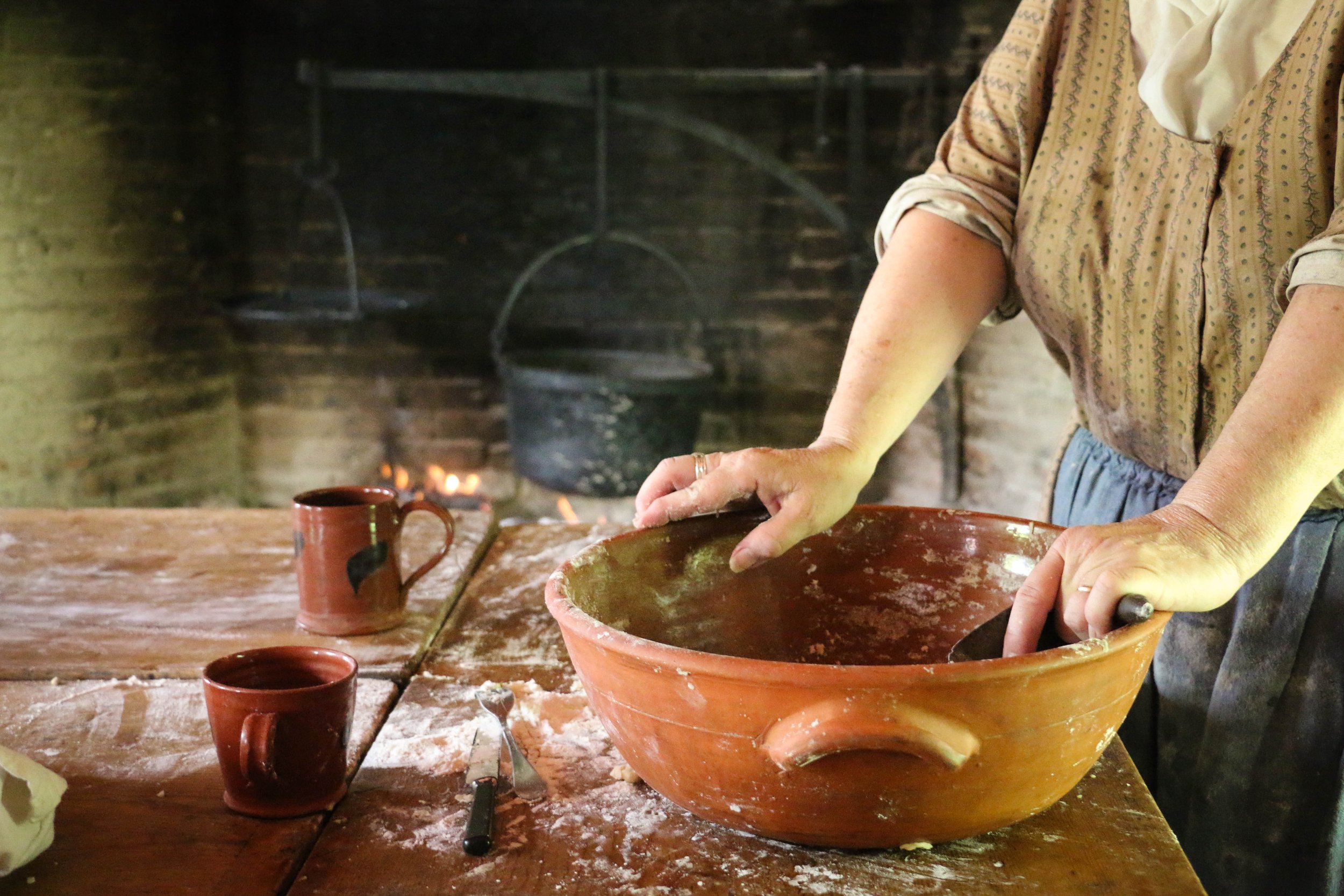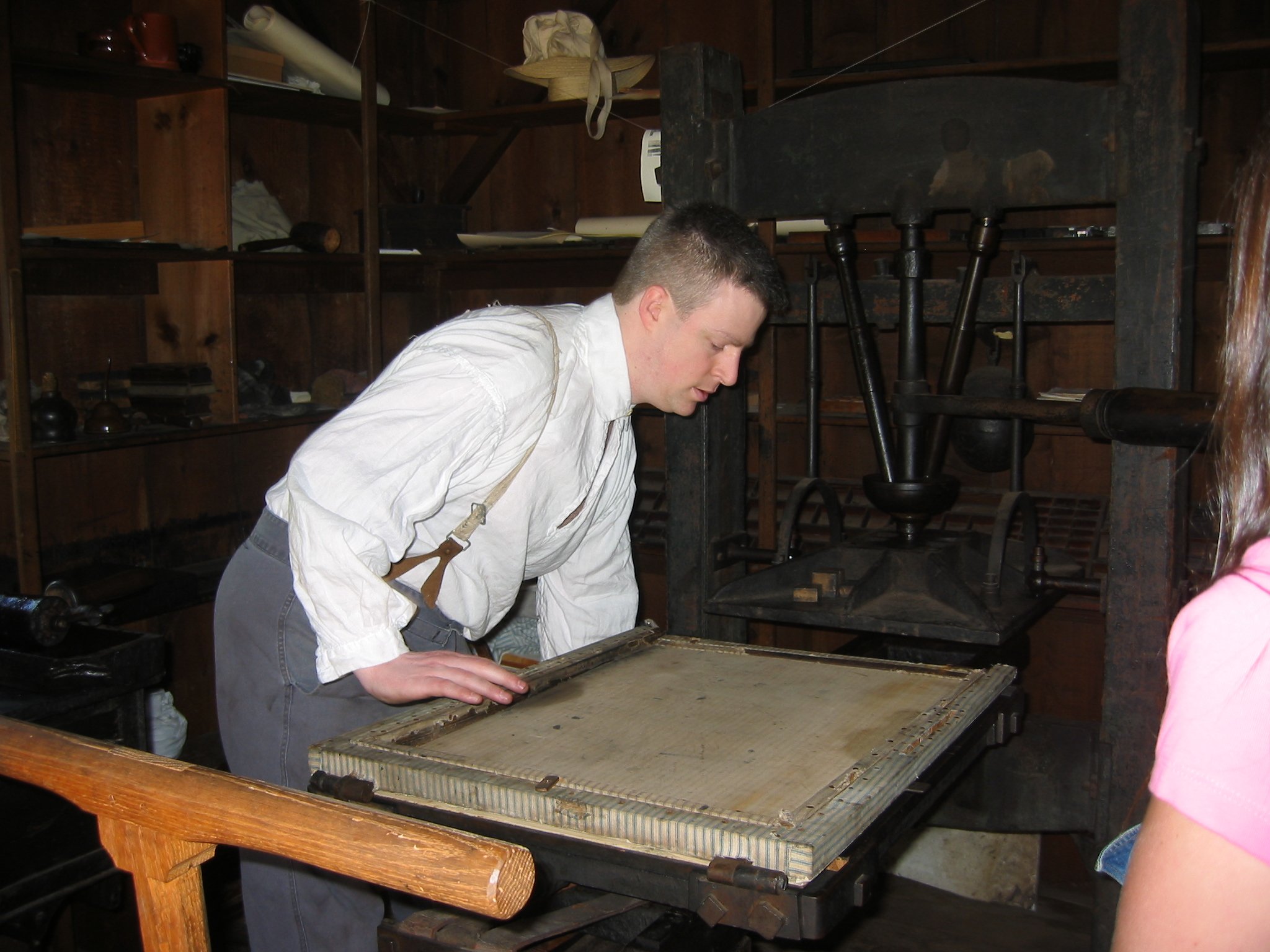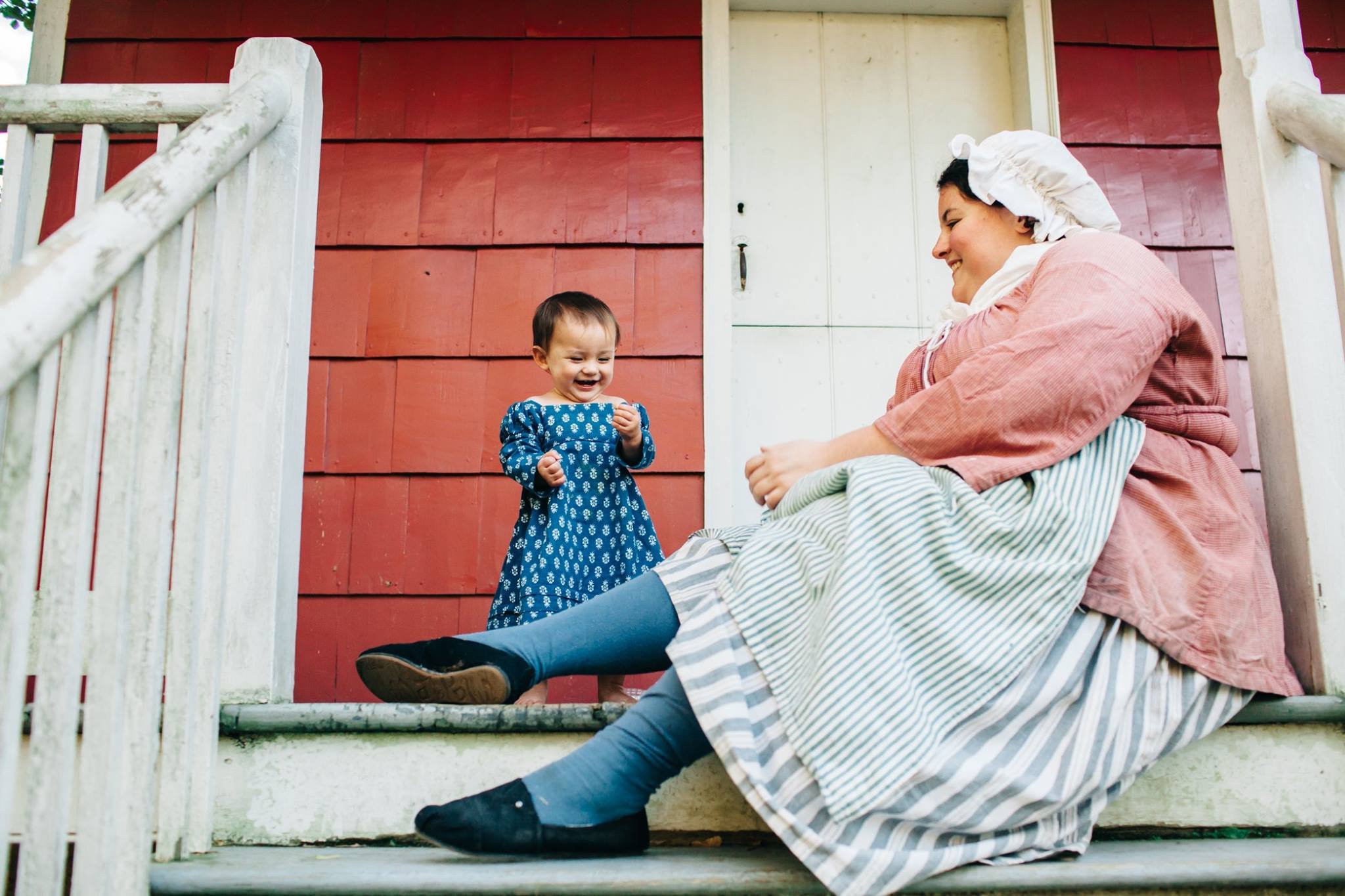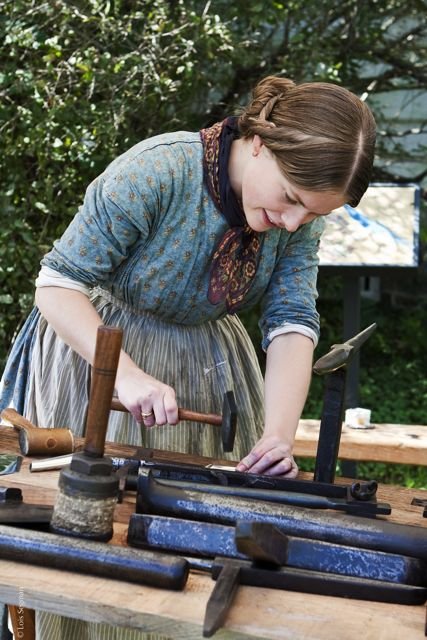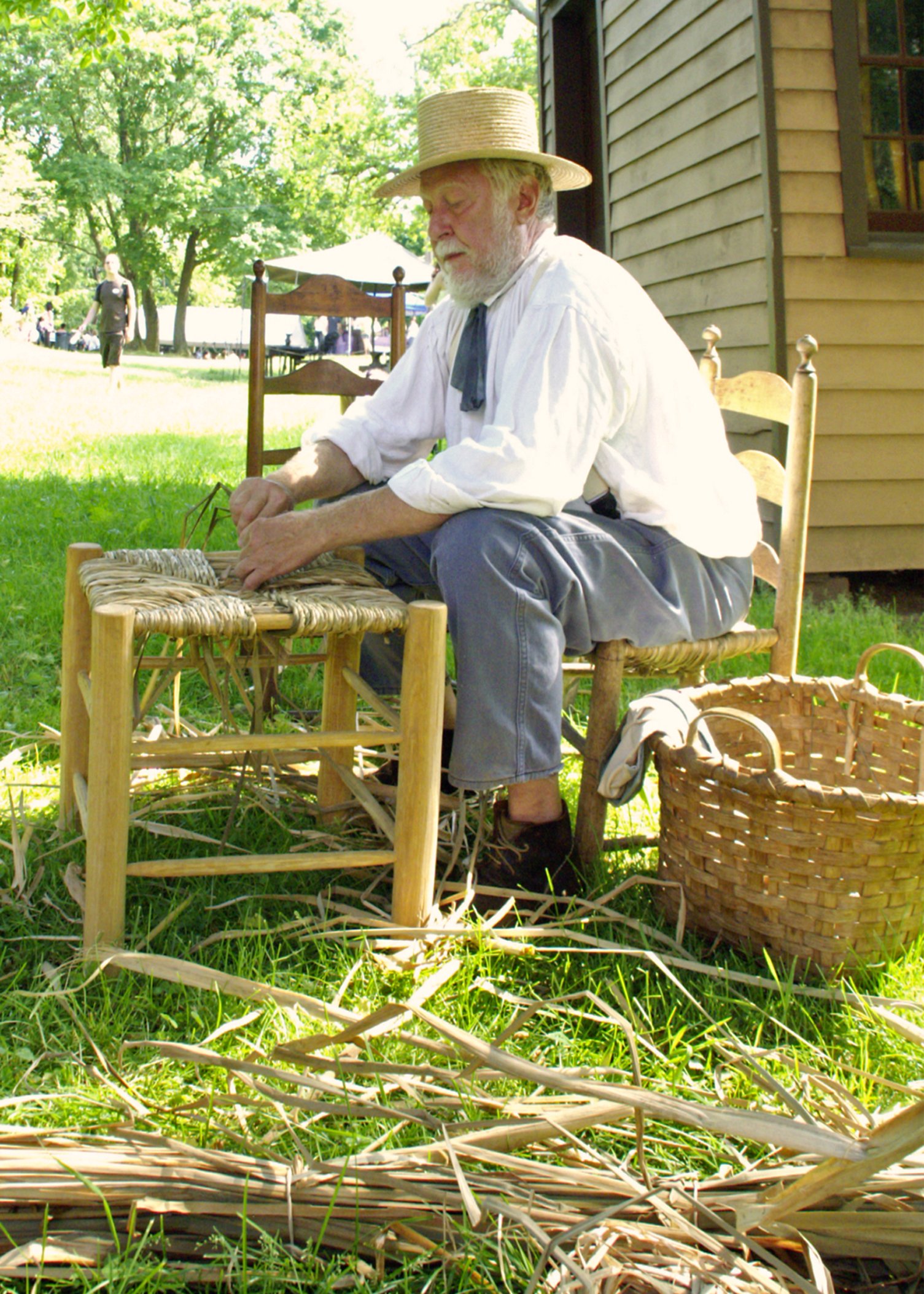May ~ August | Wednesday-Sunday | 11am-4pm
explore where history lives.
Step into a world brought to life by Historical Interpreters as they showcase living history in structures across our campus, offering a glimpse into the daily life of Staten Islanders throughout history. Daily programs begin each May and include talks and demonstrations of trades, political life in the 19th century, the evolution of 1850s fashions, and what life was like for the Native people who lived on Staten Island over 300 years ago. Set against the backdrop of the woods and wetlands surrounding the site, Open Village is an immersive experience that educates and inspires.
Special daily programs offered June - August.
Don't miss your chance to experience hands-on history right here in NYC!
The Village
Main Village (1860s). The historic village of Richmond served as the county seat of Staten Island until the early 20th century. The 3rd County Courthouse (Visitor Center) was the focal point of the town, with additional government buildings, private homes, and trade shops clustered around the town center.
Outer Village (1780s). On the outskirts of town, near the forest and wetlands beyond, several historic structures built in the 18th century provide a glimpse into colonial Staten Island. During the American Revolution, Staten Island was occupied by British forces who use the island as a staging area and supply depot. From farm to farm, Staten Islanders debated the cause of independence versus loyalty to the British King.
Lower Village (1820s). Along the banks of the Richmond Creek and along Richmond Road, an early American town comes into focus. Following the American Revolution, a young nation begins to develop. Taverns play host to political discussions and lively entertainments, and handmade goods such as brooms and baskets are made in local shops and farmhouses.
Daily Programming - Starting In JunE
Daily programs include talks and demonstrations of trades, political life in the 19th century, and the evolution of 1850s fashions. Set against the backdrop of the woods and wetlands surrounding the site, the Open Village is an immersive experience that educates and inspires. Included with General Admission.
Talk of the Tavern (Guyon Tavern)
In the life of the early American Republic, taverns were an essential part of society. Taverns provided a place to gather, enjoy food and drink, and were also early polling places and drivers of political discussion. In this program, interpreters will discuss the history of taverns, tavern keeping, and discuss the big issues spurring debate in 1820s America.
Life of the Lenape (Native Encampment)
What was life like for the Native people who lived on Staten Island over 300 years ago? Bands of Lenape people fished and oystered off of Staten Island’s shores, cultivated crops among the wooded valleys, and lived in small settlements. Explore this history at the structures and artifacts of the Native Encampment, explained by Historical Interpreters.
Fashion, Function and Freedom (Stephens-Black House)
This demonstration showcases the women’s fashions of 19th century America which sought to advance the position of women in an age of inequality. Through a demonstration of bloomers and reform dress from the period, the politics of women’s fashion are explored.
Ontmoet de Voorlezer (Meet the Voorlezer) (Voorlezer’s House)
This talk focuses on the life of Henrick Kroesen, who served as Voorlezer in the Dutch settlement of Cocclestown in the late 17th century. Interpreters will demonstrate the Voorlezer’s role in the colonial settlement, which included school instruction, civic and religious rites.
A Clean Sweep (Kruser-Finley House)
In early America, brooms were made on simple machines unique to the Northeast region. Learn about how the essential tool of home cleanliness was made in the 19th century and see a new broom made before your eyes by costumed interpreters.
Weavers & Watermen (Basket Maker’s House) Learn about the art of basket weaving and its role in the booming oyster trade in Greater New York in the 19th century. Baskets were the all-purpose container of the past, and was a flourishing trade on Staten Island.
